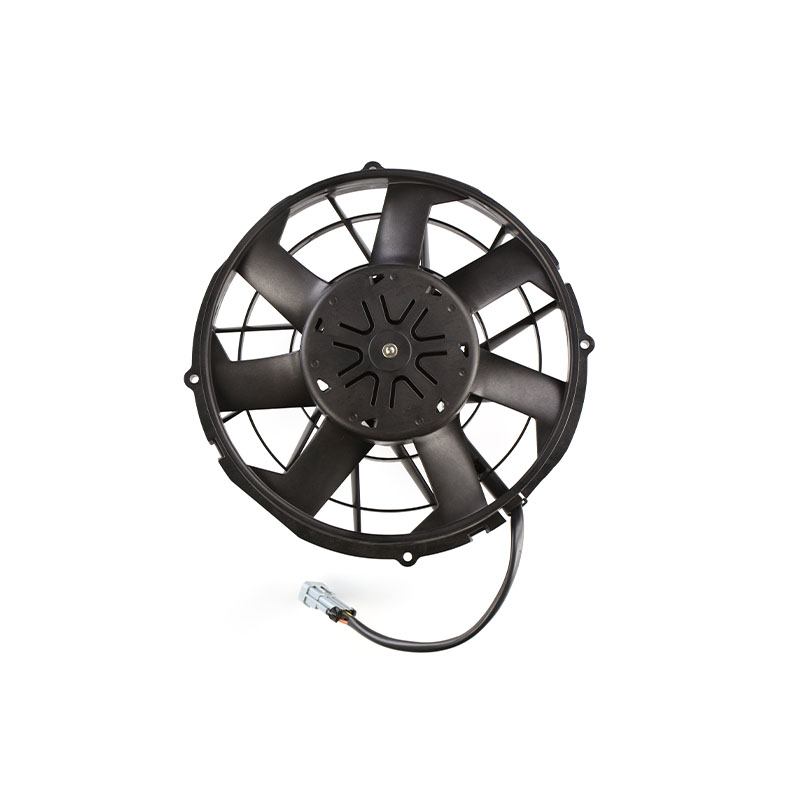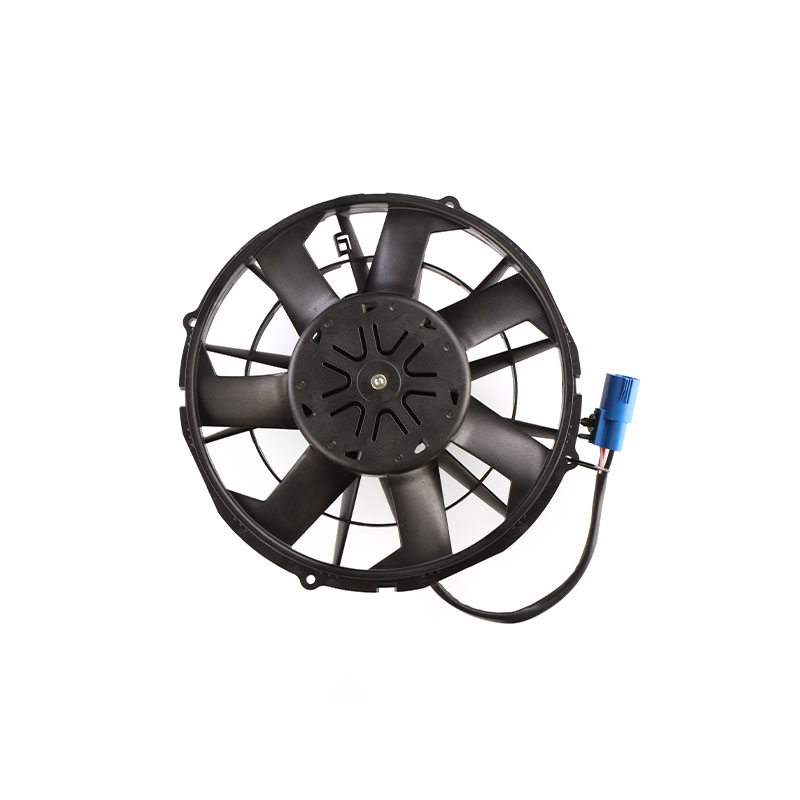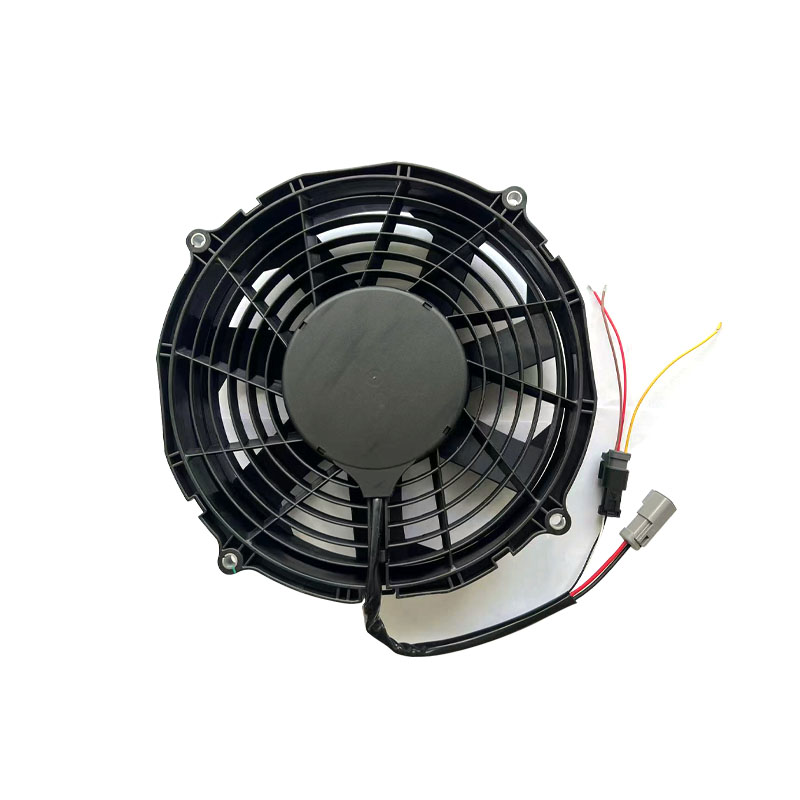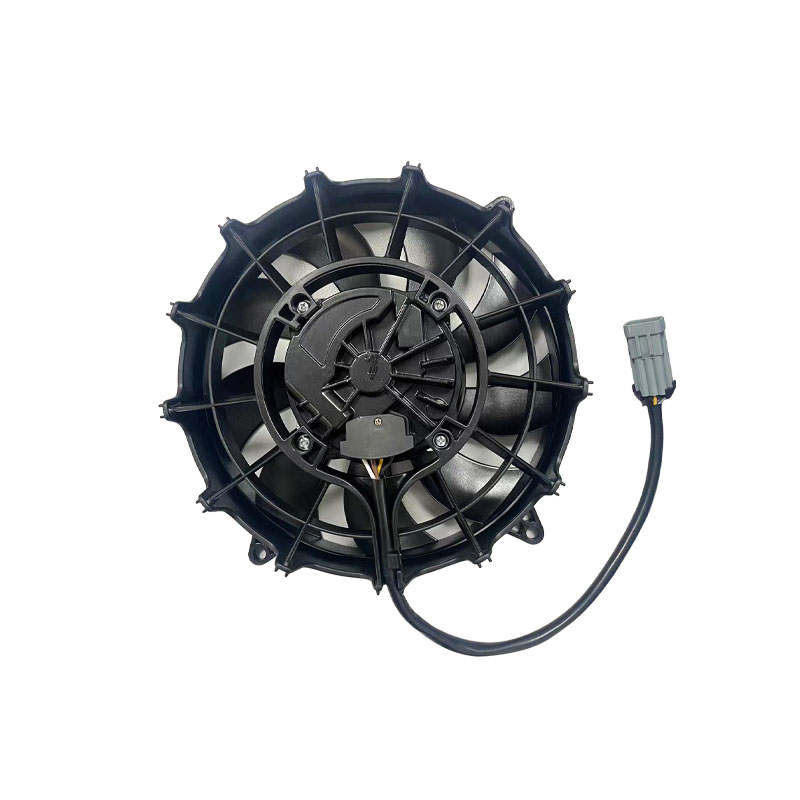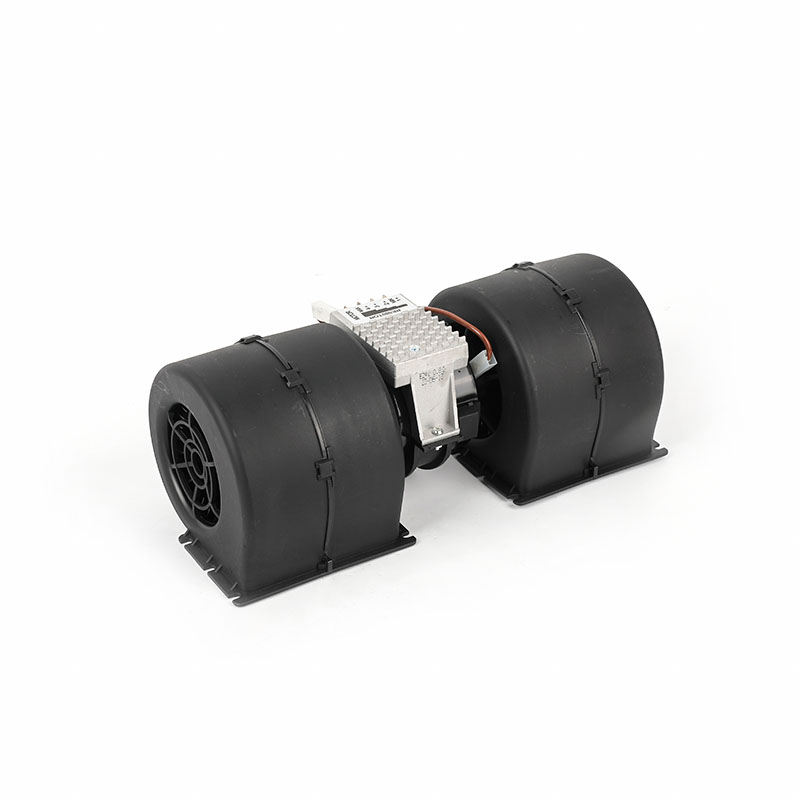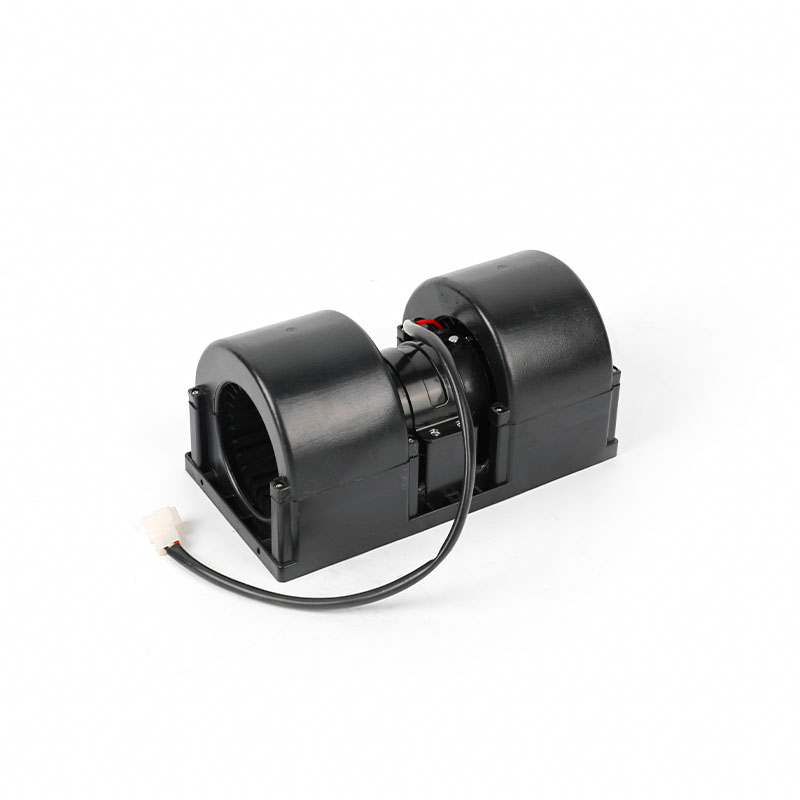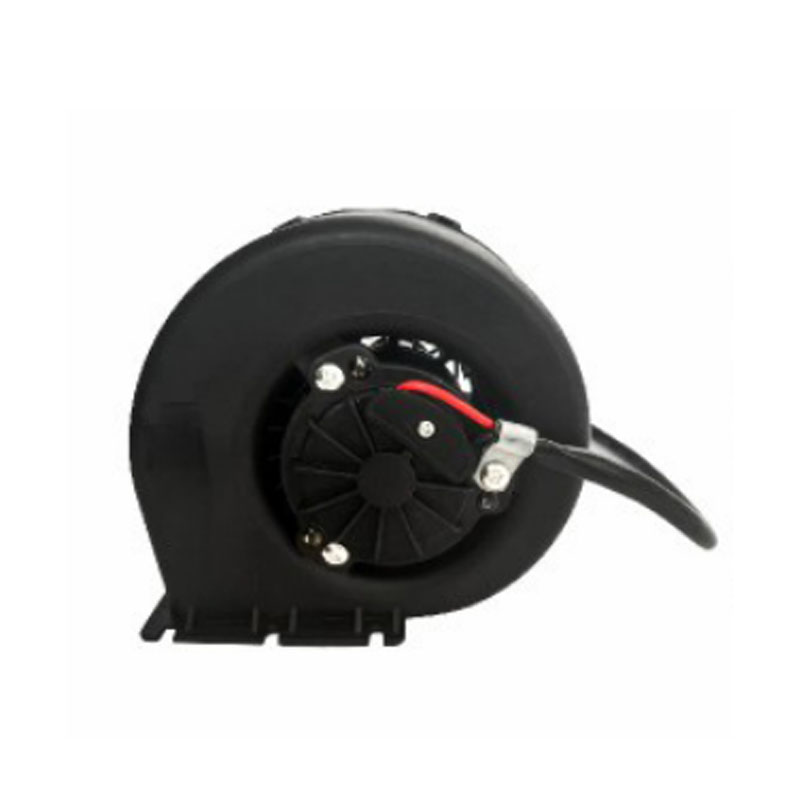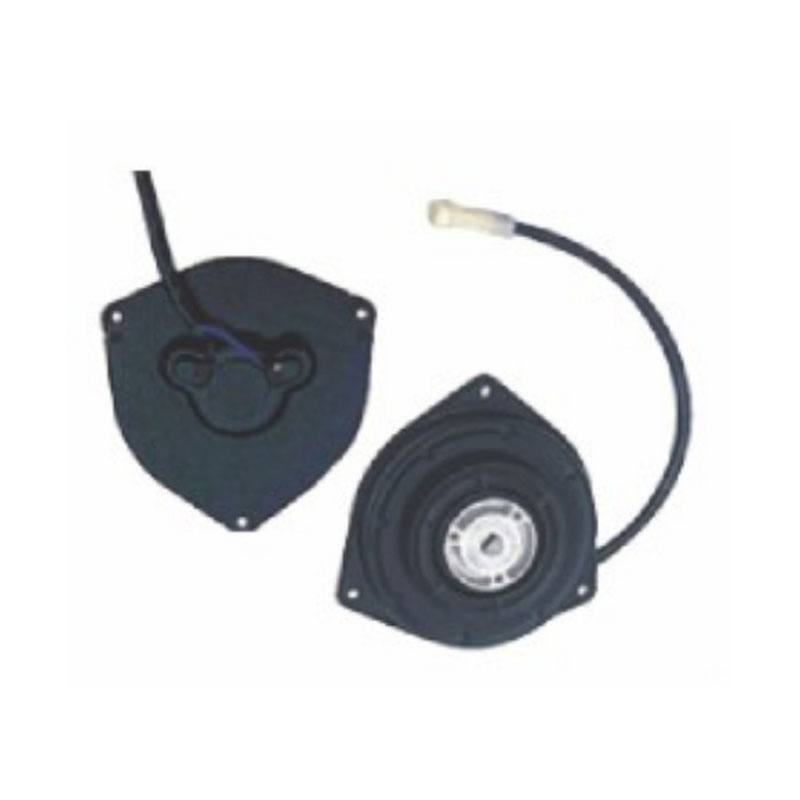Introduction
In industrial applications, maintaining equipment performance under high-temperature conditions is critical. As technology progresses, the demand for reliable cooling solutions in environments continues to grow. Among the various cooling systems available, DC cooling fan motors have become a popular choice due to their efficiency, durability, and performance in high-temperature settings.
The Basics of DC Cooling Fan Motors
DC cooling fan motors are electric motors specifically designed to drive fans used for cooling purposes. These motors operate on direct current (DC) electricity and are commonly used in applications requiring precise speed control, energy efficiency, and reliable performance. Unlike traditional alternating current (AC) motors, DC motors offer efficiency and are often used in systems where low energy consumption is critical.
Key Features of DC Cooling Fan Motors:
Precise Speed Control: DC motors provide fine control over the fan’s speed, enabling better performance in fluctuating environments.
Compact Design: The small and efficient nature of DC motors allows them to fit into tight spaces while offering powerful cooling solutions.
Energy Efficiency: DC motors consume less energy compared to their AC counterparts, making them an ideal choice for environments where energy conservation is a priority.
Durability: With fewer moving parts and a lack of brushes, DC motors tend to have a longer lifespan and require less maintenance.
Why High-Temperature Environments Demand Specialized Cooling Solutions
High-temperature environments, such as industrial plants, data centers, and outdoor machinery, pose a range of challenges to the operation of electrical and mechanical equipment. Excessive heat can shorten the lifespan of components, cause system failures, and create unsafe working conditions. Cooling solutions must be capable of handling temperatures while ensuring continuous and reliable operation.
In high-temperature settings, cooling systems are not just a luxury; they are a necessity. Effective cooling prevents overheating, ensures performance, and maintains the integrity of sensitive components. This is where DC cooling fan motors, especially IP68 DC motors, come into play.
The Role of DC Cooling Fan Motors in High-Temperature Environments
DC cooling fan motors offer numerous benefits when it comes to maintaining performance under high temperatures. Let’s dive into how they contribute to enhanced cooling solutions.
Enhanced Heat Dissipation
DC cooling fan motors are specifically designed to work in environments with fluctuating temperatures. Their ability to operate efficiently under high heat levels makes them for cooling electronic devices, machinery, and systems exposed to high temperatures. These motors help dissipate heat from critical components by increasing airflow, reducing the risk of overheating.
IP68 Rating for Extreme Durability
An IP68 DC motor is one that has been rated for both dust and water resistance, making it particularly valuable in harsh environments. The “IP” stands for “Ingress Protection,” and the numbers indicate the level of protection the motor offers. The “6” signifies complete protection against dust particles, while the “8” indicates that the motor can withstand submersion in water up to a specified depth.
In high-temperature environments, these features are particularly beneficial. Motors with an IP68 rating can operate in conditions where they are exposed to not only heat but also potential moisture or dust buildup. Whether it’s a factory floor with industrial pollutants or an outdoor system exposed to rain, an IP68-rated DC motor ensures the cooling fan operates without compromise.
Continuous Operation Without Overheating
Unlike many AC motors that can overheat and malfunction when exposed to continuous high temperatures, DC motors are less prone to this issue due to their more efficient energy usage. As a result, DC cooling fan motors can continue to function at high efficiency in environments that demand prolonged operation. This makes them indispensable in applications that require non-stop cooling, such as in large manufacturing plants, power plants, or outdoor telecommunications systems.
Low Maintenance Requirements
Due to the design of DC motors, they require minimal maintenance compared to traditional cooling fan motors. There are no brushes to wear out, reducing the likelihood of motor failure. This is especially important in high-temperature environments, where regular maintenance may be difficult or dangerous. The longevity of DC motors ensures that the cooling systems can continue to operate effectively, reducing the need for costly repairs or downtime.
Applications of DC Cooling Fan Motors in High-Temperature Environments
DC cooling fan motors are versatile and can be employed in a wide variety of high-temperature applications. Below are some common examples:
Industrial Plants and Factories
In industrial settings, maintaining the temperature of machines and equipment is crucial to prevent wear and tear. DC cooling fan motors are used to cool down machinery, such as compressors, electric motors, and power transformers, by circulating air and expelling heat.
Data Centers and Server Farms
In data centers, servers and computer equipment generate a significant amount of heat. Efficient cooling systems are necessary to maintain operating temperatures. IP68 DC motors provide a reliable cooling solution by ensuring uninterrupted airflow and preventing overheating.
Outdoor Equipment and Machinery
Equipment exposed to outdoor elements, such as wind turbines, power stations, and construction machinery, requires motors that can withstand high temperatures and other environmental challenges. DC cooling fan motors with IP68 ratings are ideal for this purpose as they resist moisture and dust while continuing to perform effectively in heat.
Electric Vehicles (EVs)
Electric vehicles, particularly electric buses and trucks, require cooling systems to regulate the temperature of their batteries and other sensitive components. DC cooling fan motors are commonly used in these applications to ensure the vehicle operates efficiently, even in hot weather.
Benefits of Using DC Cooling Fan Motors in High-Temperature Environments
Energy EfficiencyDC motors are known for their low power consumption, making them a choice for high-temperature environments where energy efficiency is a priority.
Enhanced LongevityDue to their robust construction and fewer moving parts, DC cooling fan motors offer longer service life, which is particularly beneficial in high-temperature settings where equipment is prone to wear and tear.
Improved Performance in Harsh ConditionsThe ability of IP68 DC motors to operate under conditions, including high temperatures, dust, and moisture, makes them ideal for a variety of demanding environments.
Cost-EffectivenessWhile DC motors may have a higher upfront cost compared to AC motors, their energy savings, low maintenance, and long lifespan make them a more cost-effective solution in the long term.
Comparative Table of DC Cooling Fan Motors and Other Motors
Feature
DC Cooling Fan Motors
AC Motors
IP68 DC Motors
Energy Efficiency
High
Moderate
High
Maintenance
Low
Moderate
Low
Durability
High
Moderate
Very High
Ability to Handle High Temps
Excellent
Moderate
Excellent
IP Rating
N/A
N/A
IP68
Application Range
Wide
Limited
Wide
FAQ
1. What are the primary advantages of using DC cooling fan motors in high-temperature environments?DC cooling fan motors offer energy efficiency, low maintenance requirements, and exceptional durability in high-temperature environments. Their ability to function continuously without overheating makes them ideal for applications requiring reliable cooling.
2. How does an IP68 rating benefit DC cooling fan motors?The IP68 rating ensures that the motor is resistant to both dust and water, making it for use in harsh environments where exposure to moisture and particulate matter is a concern.
3. Are DC cooling fan motors more energy-efficient than AC motors?Yes, DC motors are more energy-efficient than AC motors, which makes them a choice for applications where reducing energy consumption is a priority.
4. Can DC cooling fan motors operate continuously without overheating?Yes, DC cooling fan motors are designed to handle continuous operation in high-temperature environments without overheating, making them reliable for long-term use in demanding applications.
5. What industries benefit from using DC cooling fan motors?Industries such as manufacturing, data centers, electric vehicles, and outdoor machinery benefit greatly from using DC cooling fan motors due to their efficiency, reliability, and ability to perform in high-temperature conditions.
























